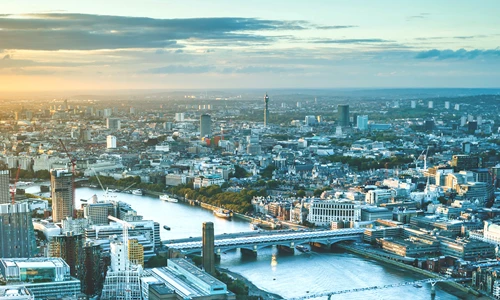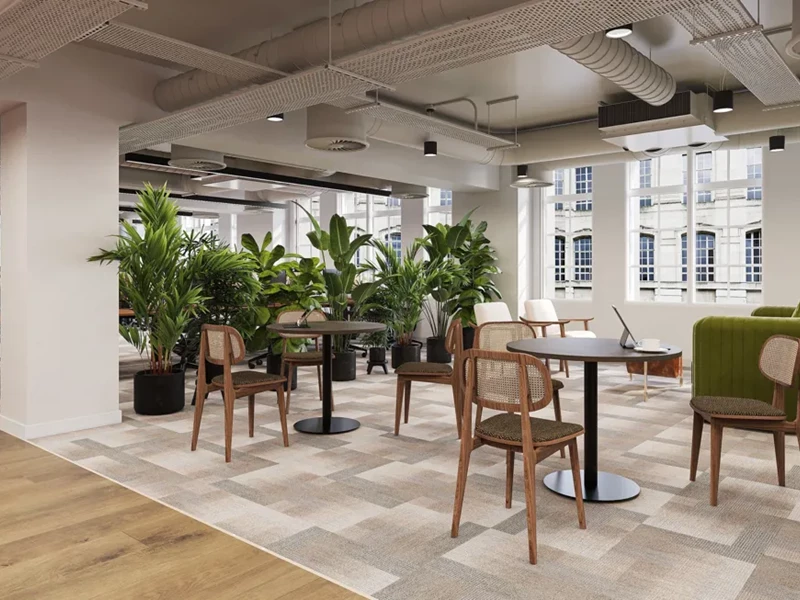The flexible office market came into 2020 off the back of an eventful 2019 that saw demand continue to accelerate and expansion from providers grow on a global scale. However, unsurprisingly we did not foresee a global pandemic in our 2020 predictions for the sector this time last year and the sector face extraordinary challenges predominantly dictated by the uncertainty caused by movement and density restrictions across the world. The flexible nature of the sector meant that it was quick to react acknowledging customer loyalty and offering competitive renewal packages, resulting in operators retaining a more robust level of contract occupancy than might have been expected. Our Global Sentiment Survey shows contract occupancy at the end of November at 65%, down from 79% pre-Covid. Retaining this robust level of occupancy is testament to the sectors quick reaction to the situation and on-going effort from providers to work with their customers.
But what does 2021 hold? We take a look at the key themes expected to shape the global flexible office market next year.
2021 global trends for flexible office space:
Boom in demand for flexible space in H221
With uncertainty likely to continue into the beginning of next year, a small uptick in demand for day passes and meeting room space is expected to drive deals in the flexible office sector during the first quarter of 2021 as businesses seek Covid-safe areas to host in-person meetings and get teams back together in some way. In contrast, we expect the second half of the year to be a record one for companies taking flexible space. There is already a large bank of businesses that have not renewed their contracts during the last nine months and are waiting to come back along with corporates seeking to upweight flex into their portfolio. In addition, there are also companies coming to the end of their leases, or with break options in the next year, that are increasingly looking to flexible office space over committing to a new lease and the capital outlay associated with that. All this points towards a greater demand for flex space, which we expect to fully materialise in the latter part of next year as confidence returns.
Suburban desk prices remain resilient as central city locations suffer to start but with a strong recovery
The pandemic has meant many city centre flex locations have a sizeable amount of availability and operators are under huge pressure to realise income. As a result, we expect desk prices in large capital cities across the globe to potentially be negatively impacted in the early part of the year as operators strive to compete financially with their counterparts in order to secure new customers. Although, as we move into the second part of the year with demand rising and supply reducing, we expect this to slowly reverse to a point where, by the end of the year, we see them recover.
Whilst it might be a difficult start to the year for these city locations, we expect suburban locations to be far more resilient. Workthere’s October sentiment survey showed that global demand for suburban flexible office space accounted for 26% of total demand. As a result of more businesses adopting a ‘hub and roam’ strategy allowing employees to work from where best suits them, we expect flexible space in suburban locations to grow in appeal and, given the lack of supply in these areas, we anticipate these desk prices will remain buoyant.
On-demand co-working is here to stay
The drive for flexibility concerning all aspects of the workplace is another trend that has been accelerated as a result of Covid and we expect this to translate into the flex market with the majority of co-working space to become available on-demand. We have already seen examples of this with WeWork’s on-demand booking pilot proving hugely successful and other flexible offices have also started offering more flexible day pass booking packages as they recognise the increased appetite for this style of working particularly from smaller businesses and individuals.
Sustainability & wellness continue to top priority agendas
Whilst neither is a new concept, sustainability and wellness will continue to embed themselves at the heart of real estate strategies on a global scale and the flexible office sector is no exception. Occupiers are becoming more conscious of the sustainability credentials of potential workspaces and this has been heightened throughout this year. Looking forward, safety aspects will have a bigger focus with air quality in particular a significant factor. What is defined as ‘good’ with regards to workspaces has altered and will continue to do so as we move forward with a heavier weighting on wellbeing and environmental factors.
Diversity and variety on the cards as other sectors become flexible
The opportunity for the flexible office sector to offer a more diverse product range will be driven by a number of different elements in 2021. We have already spoken about landlords entering the sector to offer their own version of flexible workspace and this will continue to happen at pace. In addition, there are opportunities for flexible office operators to look to some of the vacant retail space that has entered the market and provides a ‘ready-made’ hub close to amenities. Hotels have also started to explore the flexible office sector offering space to rent within lobby areas and bar areas. This diversity will inevitably be a good thing for the sector in order to ensure it remains relevant and current.







